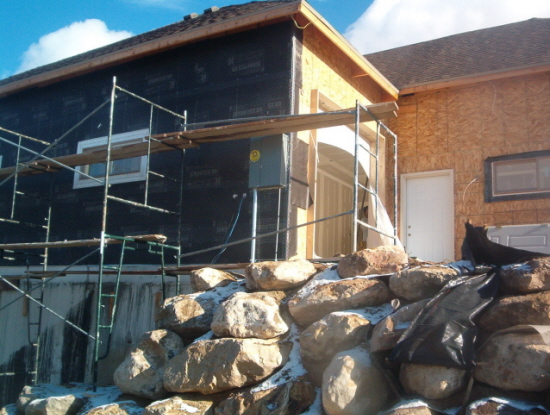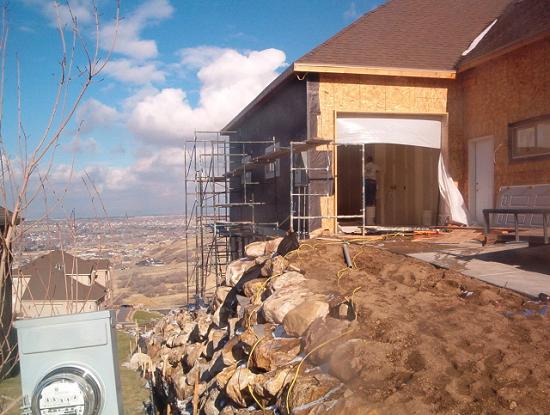stickboy1375 said:Good point. so how big does the landing have to be to stop a rolling body down a flight of stairs?
Big enough.
I'm sure the building codes have that information. But I'm just a stupid electrician.
stickboy1375 said:Good point. so how big does the landing have to be to stop a rolling body down a flight of stairs?
iwire said:Well that depends, how long would you have fallen without the landing? :smile:
I used to inspect a roller coaster and it was about 100' high with one continuous stair way to the top, coming back down the stairs you could not help but think how bad it would suck to trip near the top of the stairs and roll like a slinky to the bottom.
I really don't think that had anything to do with it. About two or three times a week I feel like I'm standing on my head, on one leg, to work on something. Just part of the job.Pierre C Belarge said:What about the fatique one may feel after troubleshooting for a period of time, while standing on one tread, especially when it is hot out...
stickboy1375 said:It makes sense, but I just cant help at laugh at the idea of someone getting up after falling and going, thank god that landing was there....:grin:
At some point you just sorta "know" if it's right or wrong.acrwc10 said:And on that point just how many stairs up or down can you have a switch before it doesn't count as being there any more ?


View attachment 1981mdshunk said:At some point you just sorta "know" if it's right or wrong.
iwire said:Ryan had some great pictures of an extreme example of that.
Either he, the building official or the POCO forced some reworking to be done to make the service more accessible.


mdshunk said:The building code requires a landing for every so many risers. I'm not sure what the exact number is, however. Similarly, the ADA requires a flat spot in wheelchair ramps every so many lineal feet. I suppose that's to stop runaway wheelchairs?
Charlie, you know I love you, but I think CMP 10 stepped out of bounds on this rule...they basically snuck this in because CMP 1 (the panel that has purview over the issue) wouldn't pass it.charlie said:I believe the new section is clear and doesn't over step the intent of the panel.
ryan_618 said:I personally think that all of 240.24 should be relocated into different articles (such as 408 and 110). I see no reason that CMP 10 should deal with anything other keeping conductors from melting.
No doubt about that, but I still think it needs to be relocated...perhaps I'll make some proposals in the 2011.iwire said:Seems like that ship sailed long ago. :smile:
Many CMPs use their language to "overrule" other panels. For instance, the provisions in 240.21(B)(5) and 240.21(C)(4) both require the circuit to terminate in a single overcurrent device. This is contrary to the intent of panel 4 in articles 225 and 230 where six is permitted. I have fought this battle for several cycles and have given up. Since the smaller multiple installations use less expensive equipment than the single large installations, the manufacturers have really pushed for the provisions to remain the same.ryan_618 said:. . . I understand that Article 240 covers the "location" of overcurrent devices in it's purview, but I think the intent of the scope of the Article is the location of the OCP in the circuit (as in 240.21). I personally think that all of 240.24 should be relocated into different articles (such as 408 and 110). I see no reason that CMP 10 should deal with anything other keeping conductors from melting.

